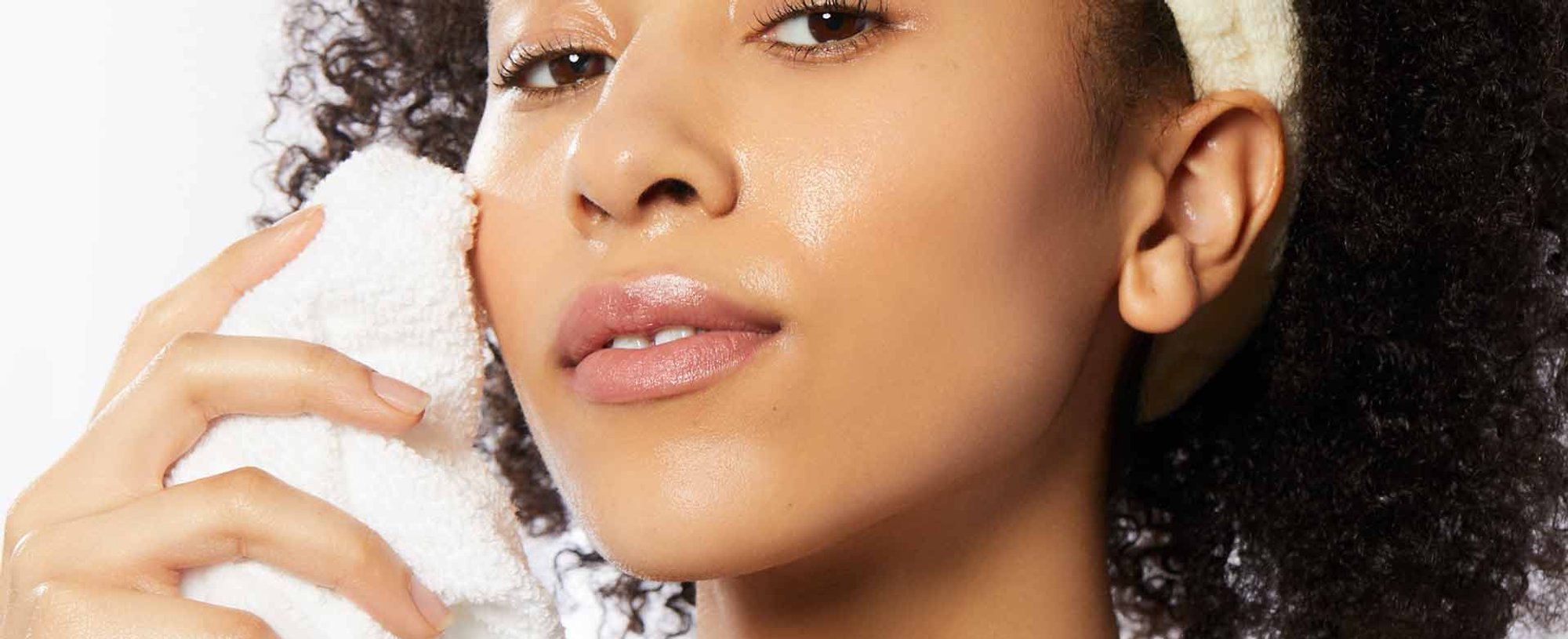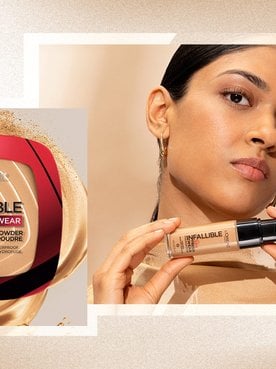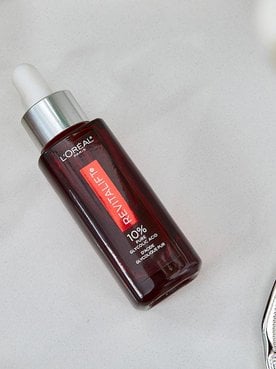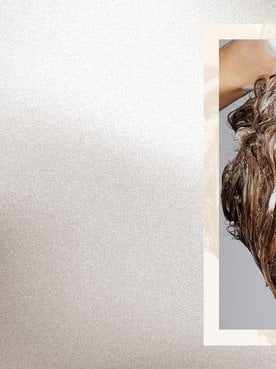If you’re skin care obsessed like us, you may already have your skin care routine down pat. Of course, you may still have some questions that need answering, like if there’s a major difference between cream and lotion or when you should start using retinol. Even something as simple as washing your face can bring up some questions, including whether you should wash your face with cold or hot water.
When cleansing your face, the water temperature you use does make a difference, and there are certain advantages and disadvantages of washing your face with cold water or hot water. Keep reading to learn about how water temperature can affect your complexion, plus learn about the best facial cleansers you can incorporate into your skin care routine.
Should You Wash Your Face With Hot Water?
While a steaming hot shower or face washing session can feel quite relaxing in the moment, it’s not the best option for your skin. Piping hot water can cause a heightened level of skin sensitivity and dry out your skin, stripping it of necessary natural oils.
No matter what your skin type is, you should avoid cleansing with hot water, but it’s especially important for dry and oily skin types to monitor the temperature of the water they use. If you have dry skin, hot water will dry it out even more, but even oily skin should stay away. Oily skin could respond to having its natural oils stripped by creating even more oil — leaving you looking excessively shiny, or worse, causing clogged pores that lead to an unwanted breakout.
Should You Wash Your Face With Cold Water?
Cold water is a better choice than hot water for your skin, and there are actually multiple benefits to switching to cooler temperature water.
1. Reduce Puffiness
Cold water can help constrict the blood vessels under the skin, which can reduce facial puffiness.
2. Minimize Redness
If you’ve just exfoliated or used active ingredients, using cold water to wash your face can also minimize redness or any potential irritation.
3. Soothe Skin
Cold water can also be soothing for certain skin conditions, such as rosacea or acne.
That being said, there is one disadvantage when washing your face with cold water. Cleansing with water that’s too cold will not effectively clean the skin, as oils and makeup won’t dissolve in cold water.
Which Water Temperature Is Best for Washing Your Face?
Turn up (or down) the temperature so that it’s somewhere in between hot and cold — lukewarm is ideal. Recommended by the American Academy of Dermatology, moderately warm water creates the best face washing experience and overall skin health. Lukewarm water can help ensure that your facial cleanser gets the right amount of foaming action, removes enough dirt from the surface of your skin and balances your natural skin oils appropriately.
Featured Products
How to Wash Your Face: 5 Tips for Your Skin Care Routine
Washing your face is the first step in any skin care routine, so it’s important to do it properly. You should limit washing your face to twice a day, once in the morning and once at night, as cleansing any more than that could dry out the skin. Here, how best to wash your face.
1. Use an Oil Cleanser First
If you’re wearing makeup or sunscreen, double cleanse using an oil-based remover before applying your face cleanser.
2. Wet Your Face With Lukewarm Water
Using lukewarm water, apply cleanser to your face and gently move your fingers in a circular motion over your skin to remove dirt and oil. Aim to do this for about 60 seconds.
3. Don’t Over Scrub
Your fingers are the best tool to wash your face with, but if you’re using a washcloth or cleansing brush you should make sure it’s not too rough on your face. If you notice redness, flaking, or any kind of irritation on your skin after cleansing, reduce your usage of the tool.
4. Rinse With Lukewarm Water
You should also rinse your face with lukewarm water, then gently pat your skin dry with a soft towel.
5. Apply the Rest of Your Skin Care Routine
After your skin is cleansed, you can move on to applying toner, serums, and moisturizer.
The Best Facial Cleansers for Washing Your Face
Now that you know the best temperature to use, it’s time to choose the best facial cleanser for your skin type. We recommend choosing from one of the following options:
L'Oréal Paris Revitalift Derm Intensives 3.5% Glycolic Acid Cleanser
This cleanser is formulated with glycolic acid to gently exfoliate and help remove dead cells that linger on the surface of the skin. The result is a brighter, more radiant-looking and even skin tone.
Editor’s tip: Glycolic acid can increase your skin’s sensitivity to the sun, and it can also dry out the skin without proper hydration, per a study by the National Center for Biotechnology Information. We recommend using a moisturizer with built-in SPF, like the L'Oréal Paris Revitalift Triple Power Day Lotion SPF 30, in your routine after using a cleanser like this.
L’Oréal Paris Revitalift Radiant Smoothing Cream Cleanser
If you have skin that’s on the drier side, using a cream cleanser that gently exfoliates can add hydration while getting rid of dead skin cells. This cleanser removes dirt and other impurities from the skin’s surface, and it also has vitamin C and salicylic acid to make your complexion look even and radiant.
L’Oréal Paris Age Perfect Nourishing Cream Cleanser
This gentle face wash cleanses without over drying the skin, and the oils in the formula will also hydrate as you’re washing your face.
Next: Derm Diaries: Can I Skip Washing My Face in the Morning?
Photographer: Chaunte Vaughn







